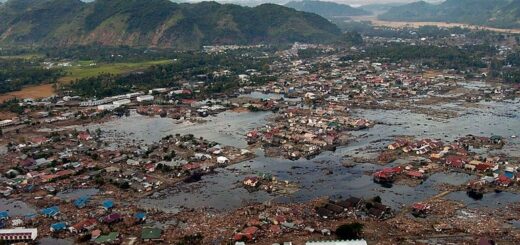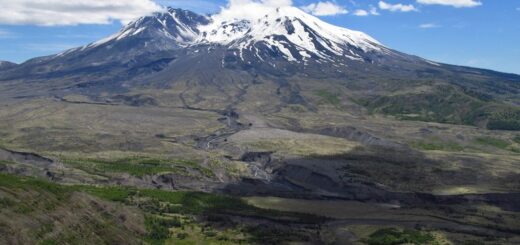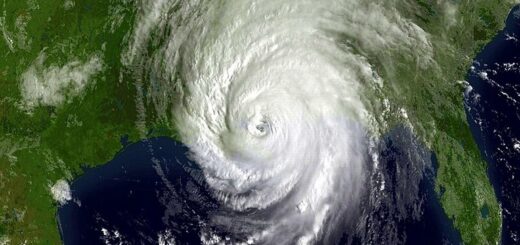Volcanic Eruption on Mount Pinatubo Philippines – June 1991
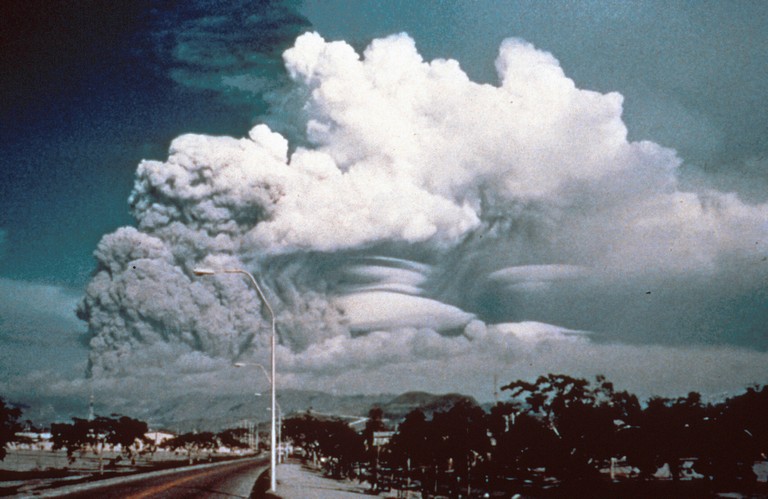
On 15 June 1991, and continuing for eight hours, the second largest volcanic eruption of the twentieth century, that of Mount Pinatubo, took place on the island of Luzon in the Philippines. The eruption is considered one of the most powerful volcanic events of the 20th century. Prior to the eruption, there were signs of volcanic activity, including seismic activity and steam emissions, prompting the evacuation of nearby communities.
On that day, Mount Pinatubo erupted explosively, sending ash and volcanic debris high into the atmosphere. The eruption had a Volcanic Explosivity Index (VEI) of 6, the second-highest on the scale. The ash cloud reached heights of over 40 kilometers (25 miles) into the stratosphere. The eruption resulted in the collapse of the volcano’s summit, forming a caldera.
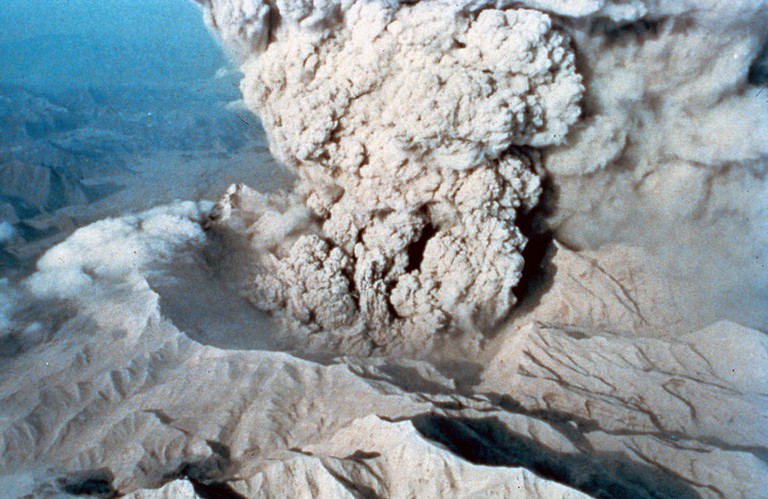
The aftermath of the eruption was devastating. Ashfall affected a large area, disrupting air travel and causing damage to infrastructure. The eruption also triggered lahars (mudflows) that buried villages and caused further destruction. Despite the significant impact on the Philippines, the global effects of the eruption were notable. The massive amount of ash and sulfur dioxide injected into the stratosphere led to a temporary cooling of the Earth’s climate.
In terms of human impact, the proactive evacuation efforts saved many lives, with casualties kept relatively low considering the scale of the eruption. The eruption of Mount Pinatubo underscored the importance of monitoring volcanic activity and implementing effective early warning systems to mitigate the impact on nearby communities.


